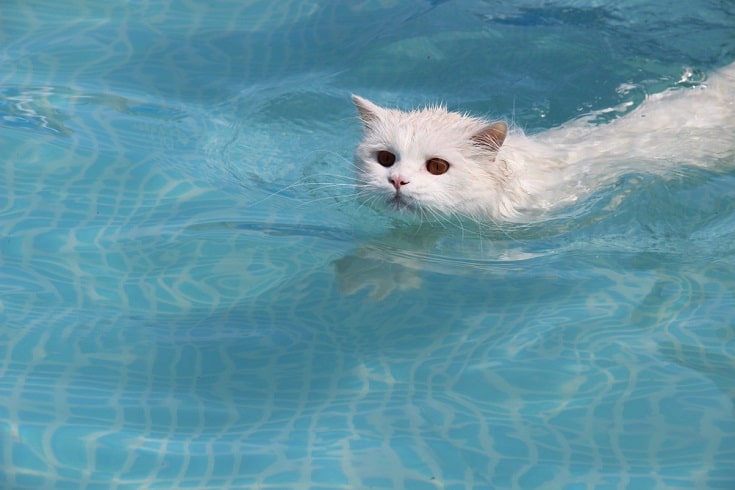Ever thought about how many cat breeds come from Russia? It’s more than just the Russian Blue. Let’s dive into these fascinating breeds.
First up is the Kurilian Bobtail. Originally from Sakhalin Island, this breed developed naturally over many years. With their bobbed tails and energetic nature, they fit best with active families. They have a strong prey drive and a dash of wild ancestry but are surprisingly affectionate too.
Next, there’s the Donskoy with its almost hairless appearance, traced back to the 1980s in Russia. These cats are sociable and crave companionship. They need a little extra care to stay warm and avoid sunburn given their lack of fur.
The Mekong Bobtail, although named after the Mekong River, was mostly developed in Russia. They’re playful and sociable, always seeking human interaction. These cats thrive on attention and are perfect for anyone who can spend a lot of time with their pets.
Siberian cats are quite a furry sight, hailing from Russia’s subarctic regions. Their thick coats helped them endure harsh winters. Despite their fluffy exterior, they’re affectionate and active, always up for some playtime with their human friends.
Many have heard of the Russian Blue, known for its reserved and graceful nature. Their origins are cloaked in mystery, but these cats are known far and wide. Once they warm up to their humans, they become affectionate companions.
Enter the Peterbald, a newer breed from the 1990s. With a blend of Donskoy and Oriental Shorthair genes, these cats love attention and often shadow their favorite humans. Their lean bodies might be hairless or lightly furred.
The Karelian Bobtail is incredibly rare. Recognized officially in the 90s, they’re friendly and adaptable, potentially making excellent companions for families.
Next, the Toybob was born from a spontaneous genetic mutation, resulting in their short, kinked tails. These playful felines remain quite small, making them unique and increasingly popular.
The Neva Masquerade, a longhaired cousin to the Siberian, carries similar traits of friendliness and playfulness. However, they require more grooming due to their lush coats.
Lastly, the Ussuri boasts a wild look and a rare status. Likely from Russia, they bond with one family member and are more reserved, often compared more to dogs in terms of loyalty.
In the realm of Russian cat breeds, there’s an intriguing mix of nature and nurture. While some evolved in the wild, others were carefully bred, resulting in a variety of companions, from the reserved to the highly social.










